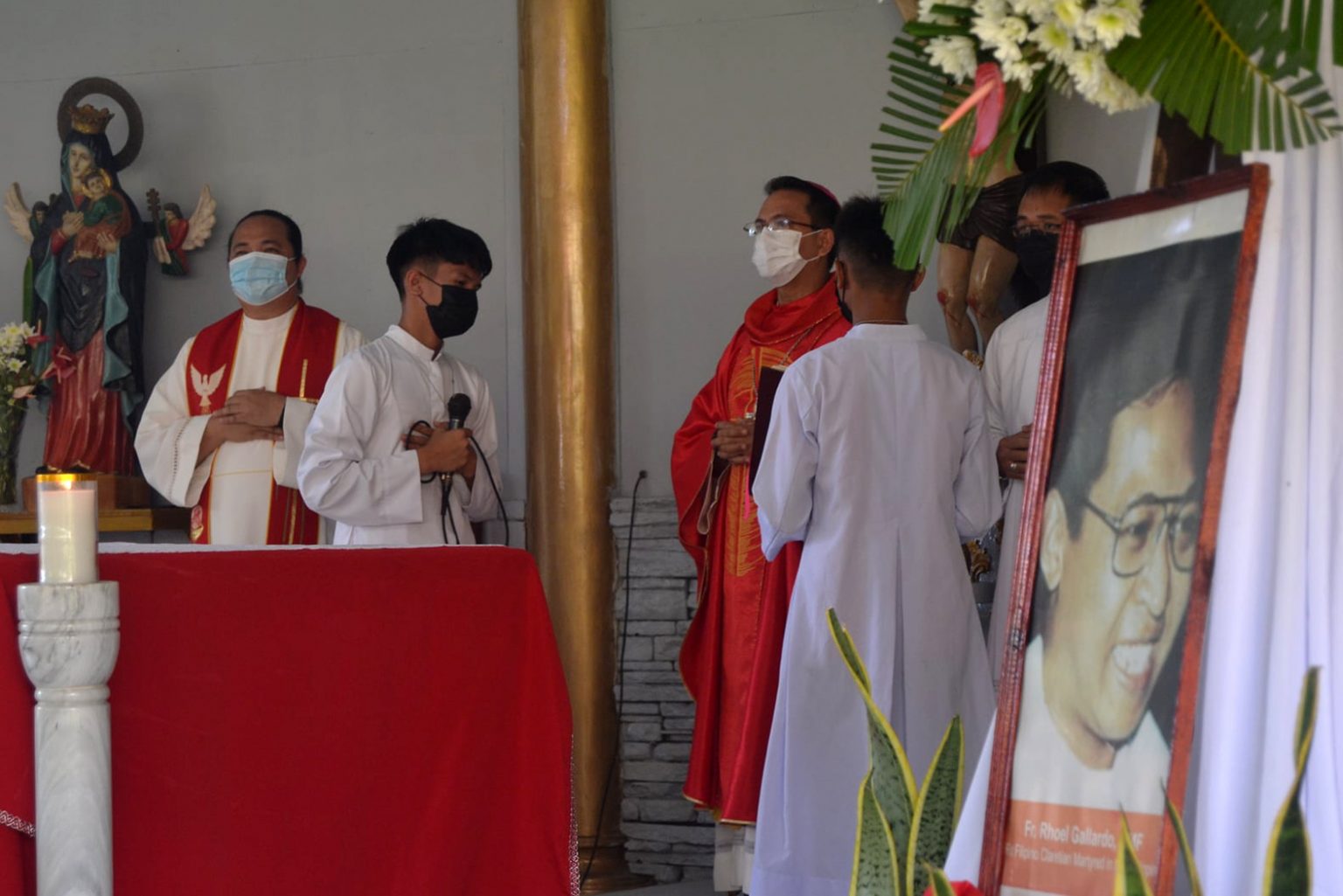
by Fr. Angel Calvo, CMF
The Philippines usually appears in the international press when a natural disaster such as a typhoon occurs in the country most affected by these calamities, or when a terrorist act occurs in Mindanao. The conflict on the island of Mindanao has been one of the forgotten conflicts of the last century and continues to be forgotten in this century. The island of Mindanao was dominated by Muslims a century before the presence of the Spanish who colonized the country and maintained the Sultanates in central Mindanao and also on the islands near Sabah and Borneo until the day of independence.
Initially, it was the Moro National Liberation Front (MNLF) who articulated the rebellion against the central government of President F. Marcos, claiming their self-determination for the “Moro” people, as they now claim their Muslim identity within a predominantly Christian country; the “Bangsamoro”against the “Bangsa Filipino”.
The first was the agreement with the original group of the Moro National Liberation Front (FMLN) that signed an agreement with the Philippine government in 1996 and that managed for several years the government of the Autonomous Region created by the central government as a result of this rebellion.
Recently, the Islamic Front (MILF) with a more Islamist ideology that split from the original MNLF, has also signed a Framework Peace Agreement (FAB) in 2012 with the government of President Aquino III, which consists of the creation of a political structure to replace the Autonomous Region (ARMM). This formula was approved by the administration of President Duterte and by the Parliament – Bangsamoro Statute- “Bangsamoro Basic Law”.
During those years we have been suffering the extremist groups like the Abu Sayyaf group (ASG) in Basilan and Sulu, Dawla Islamiyya composed of the Maute brothers in South Lanao and the Bangsamoro Islamic Freedom Fighters- (BIFF) in Maguindanao. These groups have been able to capitalize on the frustrations of young people about the dominant western and secular culture and, on the other hand, the persistent sociocultural, historical, political and economic marginalization suffered by the Muslim region of Mindanao.
The peace process that continues to operate in the country over the past 48 years and through the various presidents continues to seek a political formula that satisfies the demands of the Muslim community after the intense conflict it has suffered in recent years.
The experience of the civilians in this city of Zamboanga (2013) and the military siege suffered in the city of Marawi – a city historically known as the “Islamic city” that has lasted more than five months with a tragic result of more than 1000 deaths between government forces and civilians and more than 600 rebels. The resistance has been a combination of forces from the Abu Sayyaf group – Isnilon Hapilon leader of the Basilan ASG group who has proclaimed himself “emir” of all the forces of the Islamic State of the Philippines.
The threat of the Islamic State in Mindanao remains a constant threat due to radical Islamist groups that maintain themselves with the support of various radical groups as well as through continued kidnappings. The Philippines is a particularly tempting target because it has been closely allied with the United States, which has deployed US troops in the Mindanao area since 2001 to curb Al-Qaida and other such groups such as Abu Sayyaf.
In this sense, the dynamism of interreligious dialogue of rapprochement – “Harmony” as the Bishops of Asia (FBBC) call that actitude- takes on an even more vital meaning, trying to heal the wounds suffered by all communities due to violence as well as the division caused by historical injustices in the communities: Christian, Muslims and Indigenous People. It means, the Interfaith Solidarity is gaining ground in this complex situation in Mindanao. As it says the letter from the Muslim community “A Common Word Among Us and You” : “Without peace and justice between these two religious communities, there can be no meaningful peace in the world. The future of the world depends on peace between Muslims and Christians…”

Several interreligious groups for dialogue and solidarity are emerging such as our PAZ organization (Peace Advocates Zamboanga) since 1994 in Zamboanga City, together with the Interreligious Solidarity for Peace (ISP) composed of members of the Muslim and Christian community – Protestant, Evangelical and Catholic – as well as Indigenous People, who continue to work to forge greater religious and civil solidarity between Muslims and Christians.









